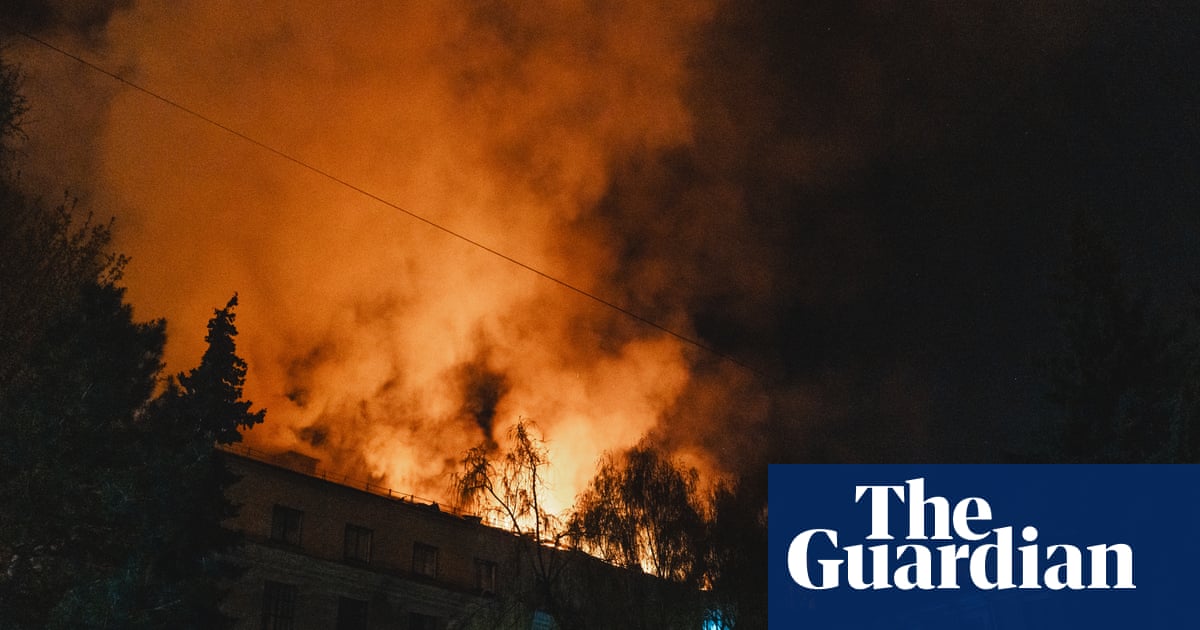Donald Trump is expected to sign executive orders on Tuesday aimed at reviving coal, the dirtiest fossil fuel that has long been in decline, and which substantially contributes to planet-heating greenhouse gas emissions and pollution.
Environmentalists expressed dismay at the news, saying that Trump was stuck in the past and wanted to make utility customers “pay more for yesterday’s energy”.
The US president will use emergency authority to allow some older coal-fired power plants scheduled for retirement to keep producing electricity, according to two senior White House officials, the Associated Press reported. The move, expected to be made at a White House event at 3pm ET, is in response to increased US power demand from growth in datacenters, artificial intelligence and electric cars, the AP reported.
Trump’s approach is in contrast to his predecessor Joe Biden, who in May last year brought in new climate rules requiring huge cuts in carbon pollution from coal-fired power plants that some experts said were “probably terminal” for of an industry that until recently provided most of America’s power, but is being driven out of the sector by cheaper renewables and gas.
Trump, a Republican, has long promised to boost what he calls “beautiful” coal to fire power plants and for other uses, but the industry has been in decline for decades.
The EPA under Trump last month announced a barrage of actions to weaken or repeal a host of pollution limits, including seeking to overturn the Biden-era plan to reduce the number coal plants.
The orders expected on Tuesday will direct federal agencies to identify coal resources on federal lands, lift barriers to coal mining and prioritize coal leasing on US lands, according to information from White House officials.
The orders also will direct the interior secretary, Doug Burgum, to “acknowledge the end” of an Obama-era moratorium that paused coal leasing on federal lands and require federal agencies to rescind policies transitioning the nation away from coal production.
The orders also seek to promote coal and coal technology exports and to accelerate development of coal technologies.
Trump has long suggested that coal can help meet surging electricity demand from manufacturing and the massive datacenters needed for artificial intelligence.
“Nothing can destroy coal. Not the weather, not a bomb – nothing,” Trump told the World Economic Forum in Davos, Switzerland, by video link in January. “And we have more coal than anybody.”
Energy experts say any bump for coal under Trump is likely to be temporary because natural gas is cheaper and there is a durable market for renewable energy such as wind and solar power no matter who holds the White House.
Environmental groups were scathing about the new executive order, pointing out that coal is in steep decline in the US compared with the increasingly cheap option of renewable energy. This year, 93% of the power added to the US grid will be from solar, wind and batteries, according to forecasts from Trump’s own administration.
“What’s next, a mandate that Americans must commute by horse and buggy?” said Kit Kennedy, managing director of power at the Natural Resources Defense Council.
“Coal plants are old and dirty, uncompetitive and unreliable. The Trump administration is stuck in the past, trying to make utility customers pay more for yesterday’s energy. Instead, it should be doing all it can to build the electricity grid of the future.”
Clean energy, such as solar and wind, is now so affordable that 99% of the existing US coal fleet costs more just to keep running than to retire a coal plant and replace it with renewables, a 2023 Energy Innovation report found.
Coal, once the backbone of the US economy and feted by Donald Trump as he rose to the presidency, is being driven out of the power sector by cheaper renewables and gas and now faces an Environmental Protection Agency (EPA) regulation, finalized last week, that demands all coal plants not retiring by 2039 to slash their carbon emissions by 90% within the coming decade.
The situation is now “probably terminal” for most of the several hundred US coal plants not already earmarked for closure, according to Seth Feaster, a coal industry analyst at the Institute for Energy Economics and Financial Analysis, who said “just a handful of plants” will probably survive beyond the end of the 2030s.

 1 week ago
22
1 week ago
22













































